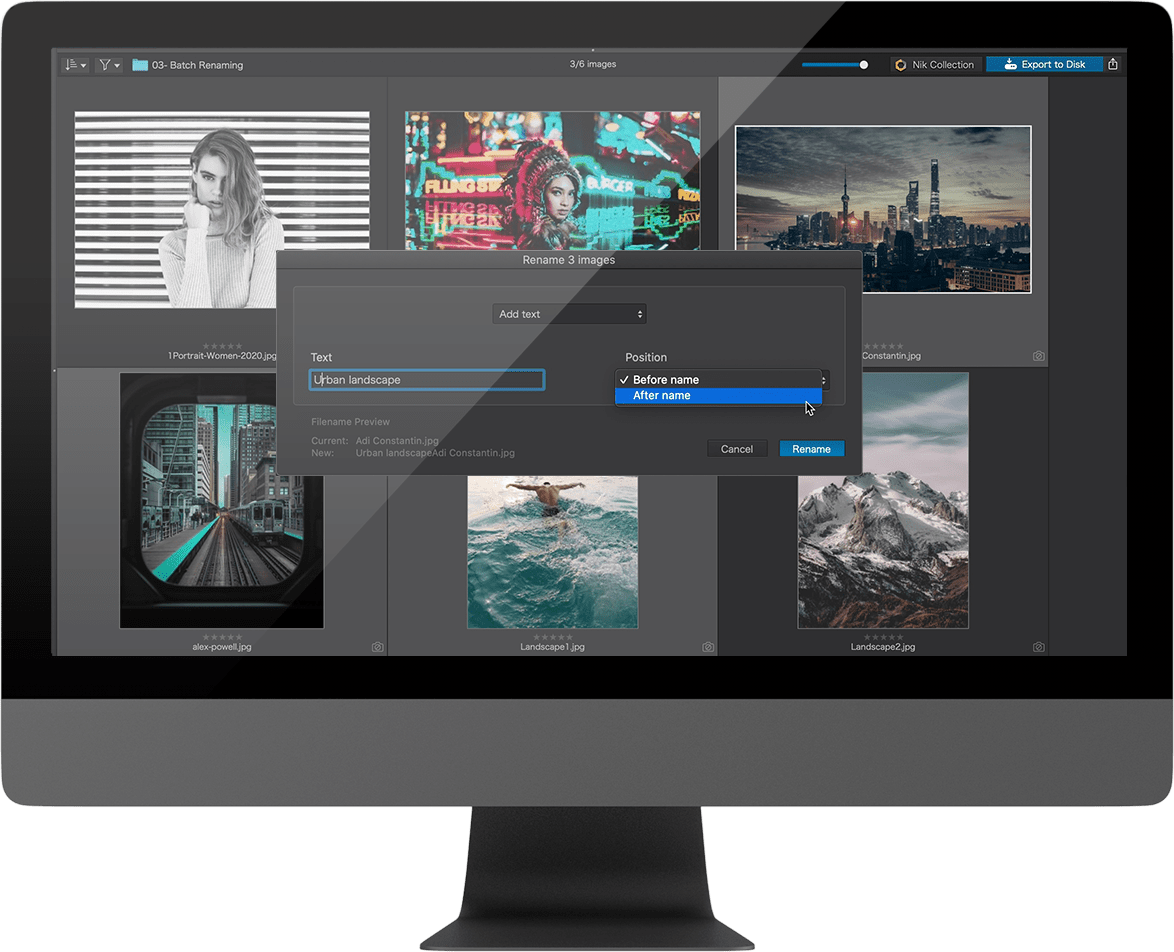

and over 60,000 camera & lens combos for lens correction. Don’t worry, though, it has camera profiles to support raw files from all the latest cameras, too, like the Canon EOS R5 & EOS R6, Nikon Z6 & Z5, Panasonic S5, etc. This leads us to the DxO DeepPRIME AI engine built into PhotoLab 4, which denoises your images during the raw file demosaicing process to maximise image quality in the final output and offer increased noise reduction while retaining as much of the original colour and detail as possible at higher ISOs and in low light environments.Īnd it works on really old cameras with pretty terrible high ISO performance, too! Like this Nikon D300S at ISO2500 (I shot a D300S for years, no way I’d ever take it this high!). Images that they’ve been using to train their deep learning AI. It also means they have access to a database of millions of images.

This means their engineers have used pretty much every digital camera ever made and worked with the files they produce. The big advantage DxO has over most of the competition is that they’ve kind of become a standard for benchmarking cameras and the images they are capable of producing.


 0 kommentar(er)
0 kommentar(er)
